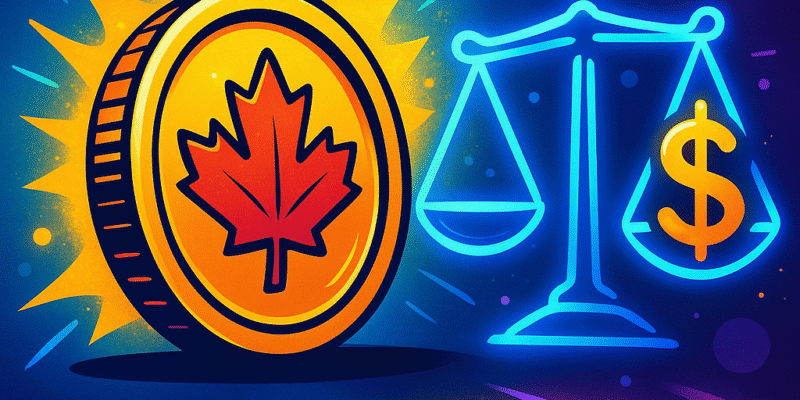Canada is moving closer to clear rules on digital assets, with Canada stablecoin regulation taking centre stage. The Bank of Canada has been vocal about the need for oversight as stablecoins grow in use for payments and cross-border transfers.
Stablecoins, which peg their value to currencies like the U.S. dollar, have gained traction among businesses and individuals seeking faster, cheaper, and more predictable transactions. Their appeal lies in efficiency, but their expansion without strict oversight raises concerns about consumer protection, transparency of reserves, and broader financial stability.
The central bank has called for legislation that sets out requirements for issuers, including maintaining safe and liquid reserves, publishing regular audits, and meeting operational reliability standards. These steps are intended to prevent the risks seen in past collapses of poorly designed digital assets. A framework for Canada stablecoin regulation would also give consumers more confidence to adopt new payment tools.
Global developments are shaping the pace of the conversation. The United States is advancing with its GENIUS Act, the European Union has rolled out its MiCA framework, and several emerging economies are holding policy discussions on digital currencies. Canada’s position is that waiting too long could leave the country lagging behind other jurisdictions.
For the financial sector, the benefits of regulation are two-fold. Stronger safeguards reduce the chance of sudden failures, and clear rules provide the certainty that banks and institutional investors look for before entering the market. At the same time, smaller firms are watching closely to see whether compliance costs will make it harder for them to compete.
The balance Canada must strike is between encouraging innovation and ensuring stability. Policymakers are weighing how to support new forms of payment without compromising trust in the broader system. With other major economies pressing ahead, the pressure is mounting for Canada to establish its own path.
The coming months are expected to be decisive. Draft legislation on digital assets is likely to be shaped by recommendations from the central bank, financial regulators, and parliamentary committees. Once in place, a framework for Canada stablecoin regulation could help set standards for the region and play a role in shaping global practices.

Comments